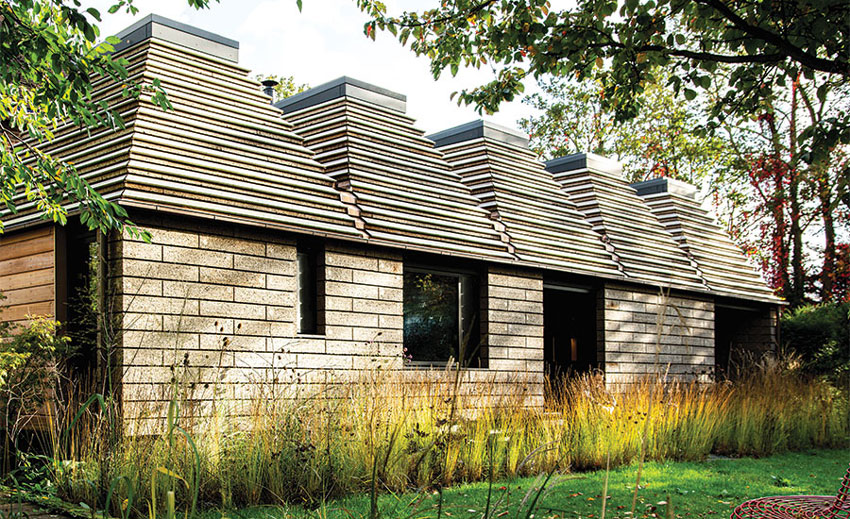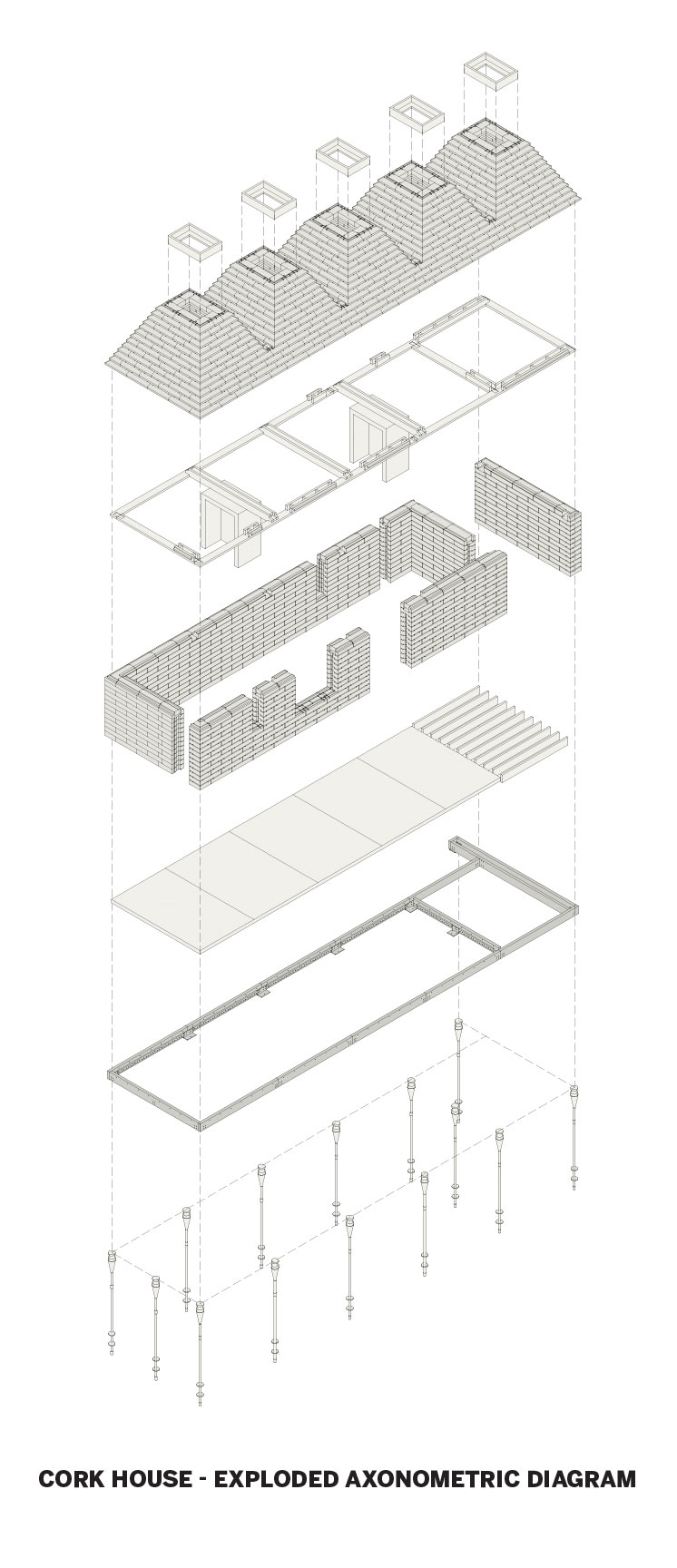Bio-Based Materials
Learning Objectives:
- Explain why bio-based materials typically have lower embodied carbon than conventional materials.
- Describe ways that materials normally thought of as waste are being used in construction.
- Discuss processes and technologies that can extend the lifespan of some bio-based materials.
- For the three houses covered in this article, discuss the relationship between their use of environmentally innovative materials and their architectural expression.
Credits:
This course is approved as a Structured Course
This course can be self-reported to the AANB, as per their CE Guidelines
Approved for structured learning
Approved for Core Learning
This course can be self-reported to the NLAA
Course may qualify for Learning Hours with NWTAA
Course eligible for OAA Learning Hours
This course is approved as a core course
This course can be self-reported for Learning Units to the Architectural Institute of British Columbia
View course on architecturalrecord.com »
YOU MAY HAVE HEARD the saying “If it’s not grown, it’s mined.” It’s as true for construction materials as it is for anything. The challenge for architects as climate crisis accelerates is to shift the materials palette away from inputs that are extracted from the earth and toward the ones that regenerate.
While the supply of extracted material is finite, biogenic material is inherently—and in some cases rapidly—renewable. Because extracted substances require significant amounts of energy to get them out of the ground and turn them into such familiar forms as steel, concrete, and rigid-foam insulation, biogenic substances typically entail lower levels of energy to make into building products. What’s more, the atmospheric carbon that plant-derived materials such as wood, cork, hemp, and straw sequester during their growth can even exceed the carbon emissions their processing generates, making them net carbon sinks.

PHOTOGRAPHY: © MAGNUS DENNIS
THE WORLD’S first house built of structural cork, in Eton, England, comprises five linked volumes,
each topped with a corbeled roof.
So on two major counts—renewability and embodied carbon—stuff that grows can play a vital role in the building sector’s climate-crisis response. And, besides saving the world, architects exploring the use of innovative bio-based materials are finding that they have some significant implications for practice.
“Form follows life cycle,” is how Matthew Barnett Howland, director of research and development with UK-based CSK Architects, sums up the design philosophy emerging from his pioneering work with cork blocks. Designing, building, operating, and maintaining—and, eventually, disassembling—a building for responsible reuse is a process that could extend over hundreds of years (longer if the time to generate the materials and to break them down again are counted in). “Are there legible connections that can be made between what a building is, as a time-based process, and how it looks and feels as architecture?”
That’s the question to which Cork House, a RIBA Stirling Prize–shortlisted residence in Eton, west of London, responds. Howland designed the project in collaboration with Dido Milne, also a director with CSK, and Oliver Wilton, director of technology at the Bartlett School of Architecture. The world’s first structural-cork house, the 473-square-foot building consists of five linked volumes, each topped with a distinctive pyramid roof. Exemplifying “form follows life-cycle,” the project didn’t set out with a pyramid parti and then figure out how to execute it as sustainably as possible. Rather, the corbeled roof form “sort of designed itself,” says Howland, from a series of matrices of rules-based decisions in relation to sourcing, fabrication, and even eventual disassembly.

CORK HOUSE - EXPLODED AXONOMETRIC DIAGRAM















